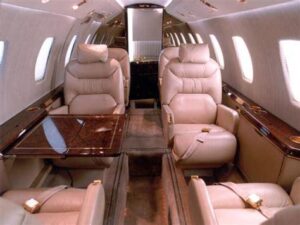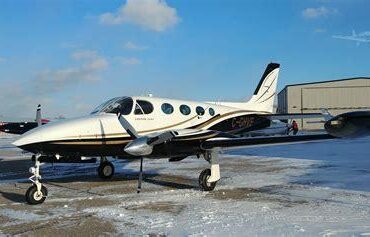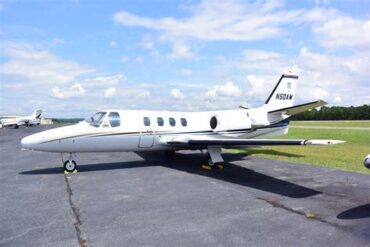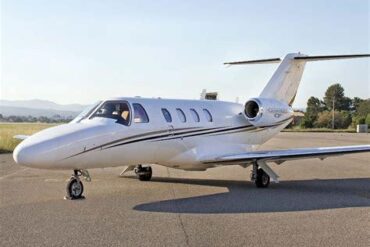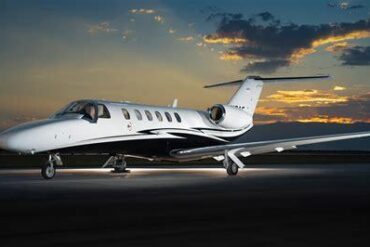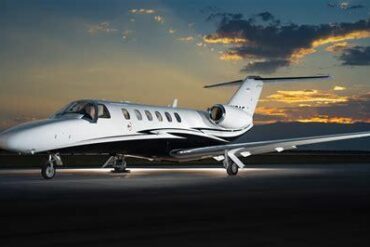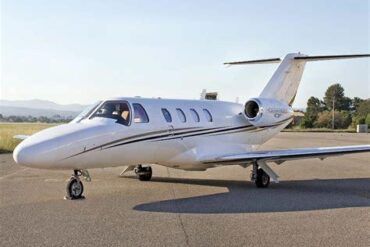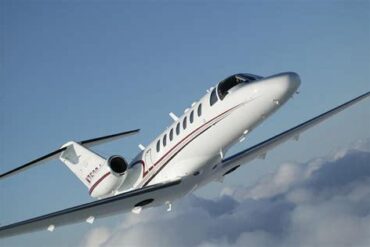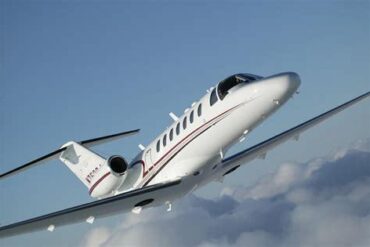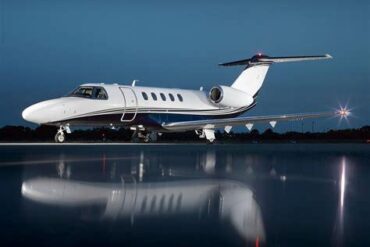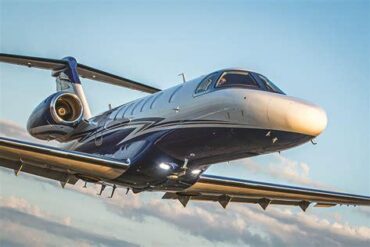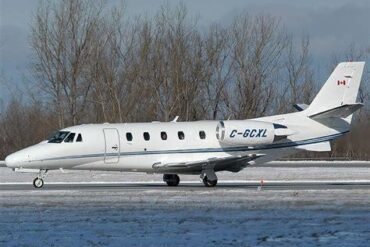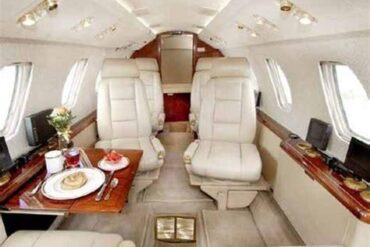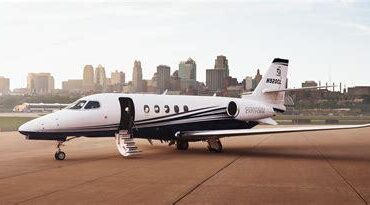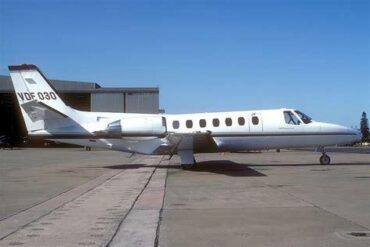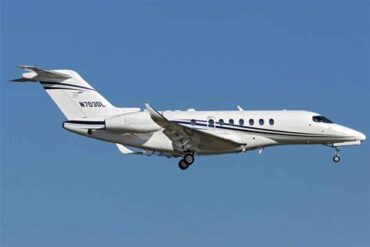The Cessna Citation VII is renowned for its combination of luxury, performance, and reliability. As one of the prominent jets in the Citation series, it is crucial for potential buyers and operators to understand the price and operating costs associated with this aircraft. This article delves into the various aspects that influence the costs of owning and operating a Citation VII, ensuring that you have a comprehensive understanding of this elite business jet.
Overview of the Cessna Citation VII
The Cessna Citation VII, introduced in the late 1990s, boasts a unique blend of advanced avionics, spacious interiors, and impressive speed capabilities. This twin-engine business jet is designed to accommodate up to 8 passengers comfortably while providing an exceptional flying experience. It features a maximum range of approximately 2,000 nautical miles and a cruising speed of about 450 knots, making it ideal for both short regional flights and longer transcontinental trips.
Specifications of the Cessna Citation VII
-
Length: 20.5 meters (67 feet)
-
Wingspan: 21.6 meters (71 feet)
-
Height: 5.3 meters (17.5 feet)
-
Max Takeoff Weight: 15,500 pounds (7,030 kg)
-
Maximum Range: 2,000 nautical miles (3,704 km)
-
Cruising Speed: 450 knots (833 km/h)
These specifications highlight why the Citation VII is favored among business travelers and corporate fleets, but understanding the financial implications of owning this aircraft is equally critical.
Purchase Price of the Cessna Citation VII
The purchase price of a Cessna Citation VII can vary significantly based on several factors, including year of manufacture, aircraft condition, and installed equipment. On average, prospective buyers should expect to pay between $1.5 million to $3 million for a pre-owned model. Factors that impact the pricing include:
1. Year of Manufacture
Newer models generally command higher prices due to enhanced technology, improved fuel efficiency, and better overall performance. Conversely, older models may present a lower purchase price but could require more maintenance and upgrades.
2. Aircraft Condition
The aircraft’s maintenance history plays a pivotal role in determining its market value. A well-maintained Citation VII with complete records and recent inspections will be more desirable compared to one with a spotty history.
3. Installed Equipment
Aircraft equipped with modern avionics, enhanced entertainment systems, and luxury interior finishes will typically have a higher selling price. Buyers should consider what upgrades they might need and how those will affect the total investment.
Operating Costs Breakdown
Owning a Cessna Citation VII entails ongoing operating costs that can add up significantly over time. These costs generally fall into several categories:
1. Fuel Costs
Fuel consumption is one of the most substantial ongoing expenses for any jet operator. The Citation VII has a fuel burn rate of approximately 180 gallons per hour (GPH). Given current aviation fuel prices, which can vary widely, operators should budget around $800 to $1,200 per flight hour for fuel alone.
2. Maintenance Costs
Regular maintenance is essential for ensuring safety and performance. Operators can expect to pay around $150,000 to $300,000 annually for maintenance, which includes routine inspections, parts replacement, and unexpected repairs. It is wise to set aside funds for scheduled maintenance programs and to work with reputable service centers.
3. Crew Salaries
Employing a qualified crew is necessary for operating the Citation VII safely. Depending on experience and qualifications, salaries for pilots can range from $60,000 to $120,000 per year per pilot. Additional staff, such as flight attendants, will further increase personnel costs.
4. Insurance
Insurance is another critical expense. Costs can vary significantly based on the aircraft’s value, usage, and the pilot’s experience. On average, insurance premiums for a Citation VII may range from $20,000 to $50,000 annually.
5. Hangar Fees
Where the aircraft is stored also impacts operating costs. Hangar fees can vary based on location, size, and amenities, ranging from $1,000 to $3,000 per month. Choosing the right facility is essential for protecting the aircraft and ensuring ease of access.
6. Depreciation
As with any aircraft, depreciation is a factor to consider. The Citation VII typically depreciates at a rate of about 5% to 10% per year, impacting overall ownership costs. Understanding this financial aspect is crucial for long-term planning and resale value considerations.
Total Estimated Operating Costs
When combining all these factors, the estimated total operating cost for a Cessna Citation VII can range from $1.2 million to $2 million annually. This estimate includes fuel, maintenance, crew salaries, insurance, hangar fees, and other miscellaneous costs. Operators must carefully analyze their flight schedules, operational needs, and budget constraints to optimize their investment.
Cost-Saving Strategies
While operating a Citation VII involves significant costs, there are several strategies operators can employ to minimize expenses without compromising safety or quality:
1. Fuel Management
Implementing efficient fuel management practices can drastically reduce costs. Utilizing flight planning tools that optimize routes for fuel efficiency can save hundreds, if not thousands, of dollars annually.
2. Scheduled Maintenance
Following a scheduled maintenance program can prevent costly repairs and downtime. Proactive maintenance reduces the likelihood of unforeseen expenses and extends the aircraft’s lifespan.
3. Crew Training
Investing in continuous crew training enhances operational efficiency and safety. Well-trained crews can better manage in-flight operations, leading to reduced fuel consumption and improved overall performance.
4. Operational Planning
Strategically planning flight schedules to avoid peak traffic times and utilizing less congested airports can help save on both fuel and time, improving overall efficiency.
Conclusion
In summary, owning and operating a Cessna Citation VII represents a significant financial commitment, with purchase prices averaging between $1.5 million and $3 million and annual operating costs potentially exceeding $2 million. However, with careful planning, efficient management, and strategic operational practices, owners can maximize their investment while enjoying the unmatched comfort and performance that the Citation VII offers. For those considering this elite business jet, a thorough understanding of the financial implications is essential to ensure a successful and rewarding ownership experience.
